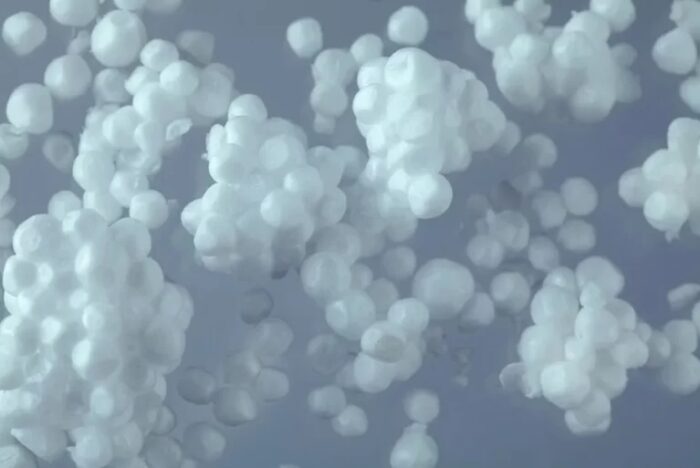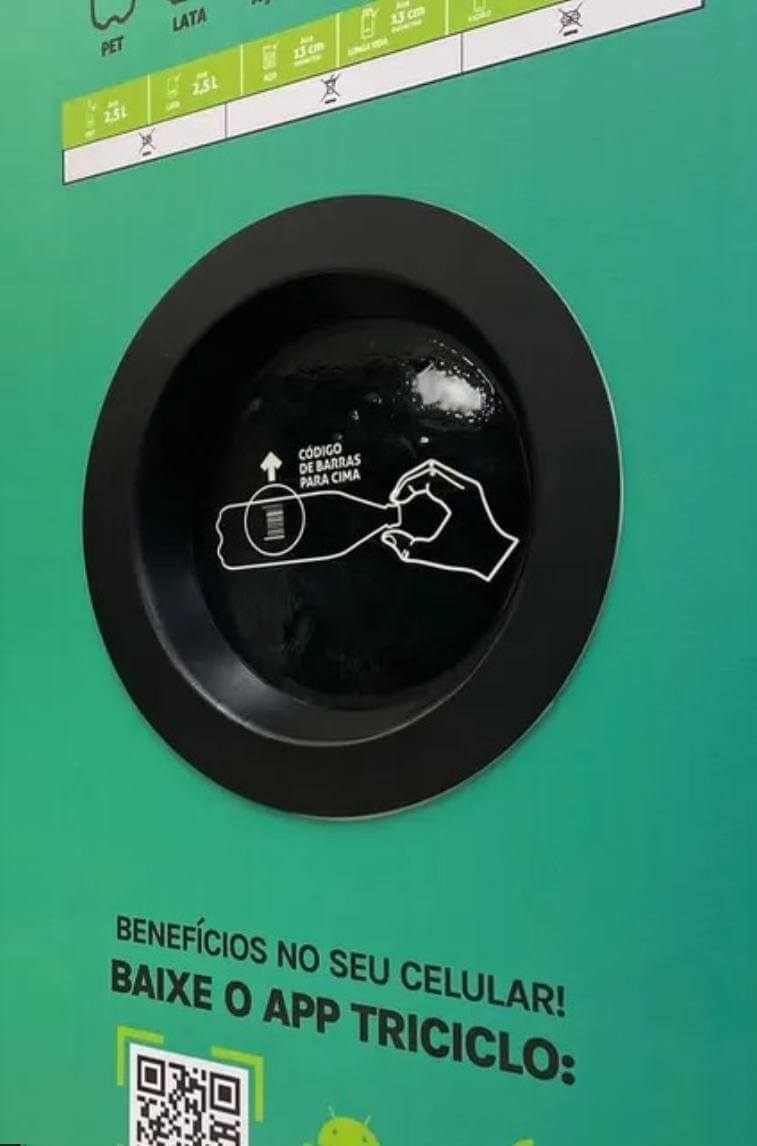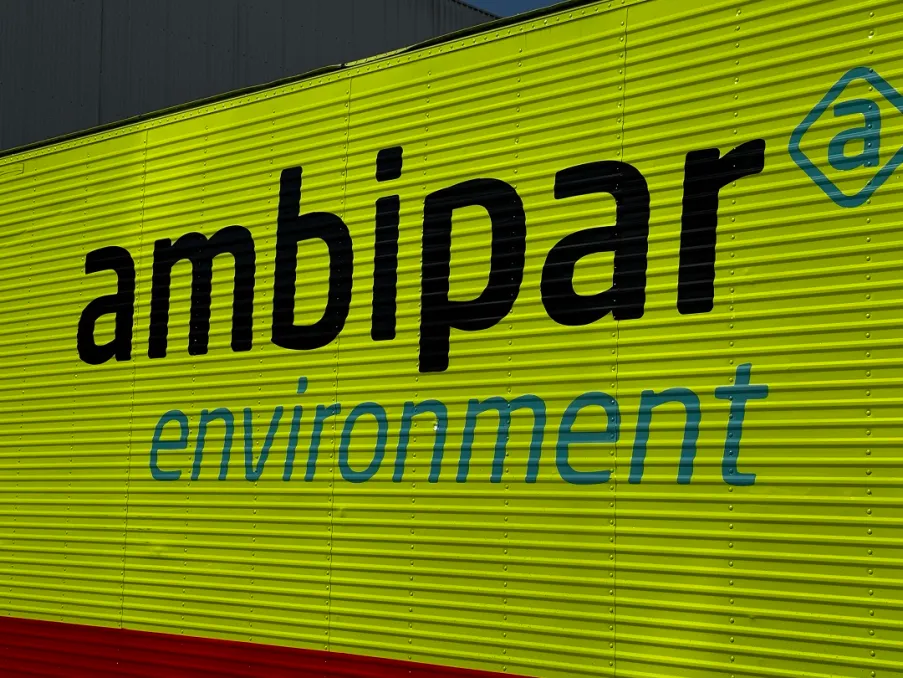O Globo - 11/23/2022

By Marketing Team
Posted in December 22, 2022

Much of the packaging made with the product goes to the common trash. But they can, yes, be recycled.
The industry knows it as EPS (expanded polystyrene), but the consumer just calls it “Styrofoam”, which is a registered trademark. Regardless of the name, this resin is ignored by a large part of the population when it comes to discarding it – a large part goes to the common trash. But many of these packages can be recycled.
EPS is a rigid cellular plastic, resulting from the polymerization of styrene in water. The final product is beads up to three mm in diameter, which are intended for expansion. In the transformation process, these pearls increase up to 50 times their original size, through steam, melting and molding themselves into different shapes.
Expanded, the pearls contain up to 98% air and only 2% polystyrene in their volume. In a cubic millimeter of expanded EPS, for example, there are 3 to 6 billion closed, air-filled cells.
According to Abiquim (Brazilian Association of the Chemical Industry), the country produced, last year, 119.6 thousand tons of EPS, a volume that grows year by year, a good part of which is exported. Recently released data show that, among the different types of post-consumer recycled plastics, EPS is second only to PET in recycling percentage: in 2020, the index was 30.9% of everything that is produced (in the case of for PET, this number reaches 53.5%; among all plastics, it is only 23.1%).
We know EPS as packaging for appliances and electronics, boxes for storing drinks and medicine, but also in slabs and linings of real estate.
Once used, how do you dispose of a material that, in nature, takes many years to decompose? Remembering that, although non-toxic, it pollutes rivers and seas, being harmful to fauna.
-We have all the technology to recycle and the circular economy already exists – replies Nivaldo Fernandes de Oliveira, managing director of Termotécnica.
For him, the challenge is to “integrate the links in the chain”. The company, from Joinville (SC), is the largest manufacturer of EPS packaging in the country, with units in five states, serving segments such as white and brown lines, agribusiness, food, pharmaceuticals and vaccines.
– 14 years ago we started working on EPS recycling – says the executive.
During this period, Termotécnica collected and recycled more than 44 million tons of the product. The work for collection takes place in reverse logistics, ensuring that the material returns to the company. To this end, it works together with producers, distributors and retailers, in addition to the final consumer, in a path that takes EPS to cooperatives and, from there, to Termotécnica’s units.
Then, the Styrofoam (which must arrive clean, as it must also be discarded by the consumer), will undergo an extrusion process (removal of the air, giving the material another shape) to gain new functionalities. From EPS (expanded), it becomes PS (compressed).
There are basically three ways to recycle: mechanical, which is the most common, energetic and chemical. The last two are used when the recycled material will be raw material for the industry itself, such as thermal energy, oils and solvents, among others.
Due to the lack of knowledge of a large part of the population, the company created the Sou Recyclable portal, where it provides guidance on correct disposal – all company products have a QR Code that leads to the platform. According to Oliveira, today there are more than 300 cooperatives integrated into the system and more than 30 solid waste managers.
Recycled, now PS will be used in frames, baseboards, shoe soles or pool decks, for example. But the market is advancing and, with the commitment to fulfill a sustainability agenda, the industry seeks to offer products that are already born with the recycling mark.
In 2020, Unigel, supplier of styrene monomer to Termotécnica, raw material for the production of EPS packaging, entered into a partnership with the company from Santa Catarina and with Eletrolux for the supply of post-consumer recycled materials. Refrigerator parts, for example, are being made using recycled EPS from the first two companies.
– Partnerships with our suppliers are essential – says the Director of Sustainability at Electrolux Latin America, João Zeni, adding:
– When we carry out a life cycle analysis of our products and the materials we use, we see a significant reduction in environmental impacts, mainly CO2 emissions, using recycled raw materials from post-consumption.
In 2021, Eletrolux doubled the use of recycled raw material in Latin America, reaching more than 1,400 tons of recycled plastic used in its products. The goal is to reach 50% recycled plastics by 2030.
Part of the industry, here and in the world, also looks to other matrices as substitutes for EPS, considering that reverse logistics is very complex, since a light product is transported, but with a large volume, which makes freight more expensive compared to other materials. .
– The transport market is starting to use molded pulp, made from cellulose or recycled paper – says Guilherme Brammer, materials engineer and CEO of the startup Boomera-Ambipar.
It is the material we see in egg cartons, easy to mold to protect different products, but which still does not have the scale to compete, in terms of price, with EPS.
– There are applications in which EPS, due to its insulating function and good mechanical resistance, is still the best option – explains Brammer, for whom the issue of environmental impact has no ready answer when analyzing the extraction of materials and their application in products. Here, each case is different.


